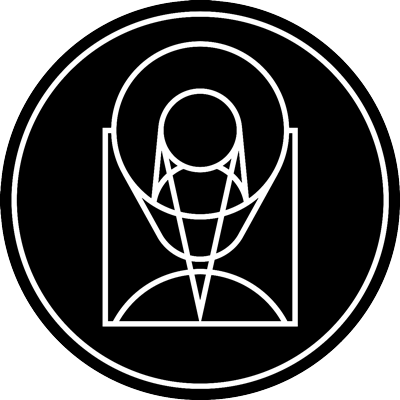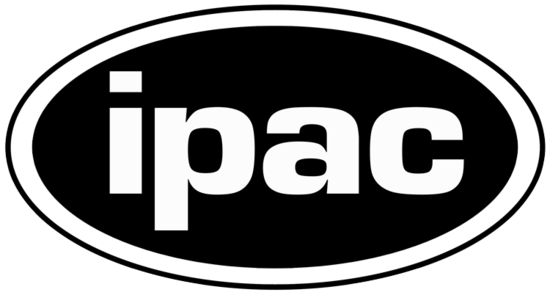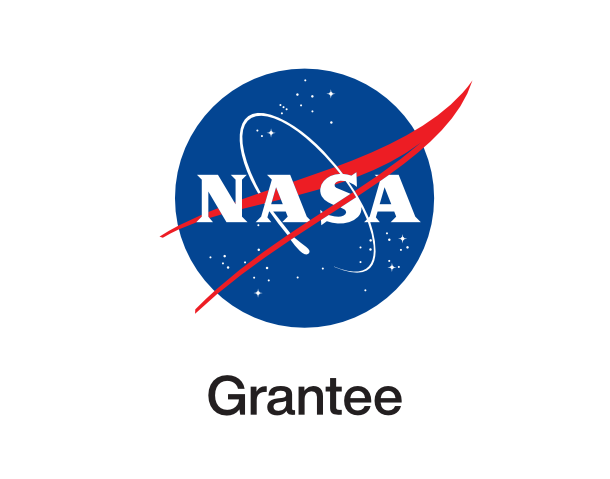Cat's Paw (NIRCam Image)

stsci_2025-129a July 10th, 2025
Credit: NASA, ESA, CSA, STScI; Image Processing: Joseph DePasquale (STScI)
To celebrate NASA’s James Webb Space Telescope’s third year of highly productive science, astronomers used the telescope to scratch beyond the surface of the Cat’s Paw Nebula (NGC 6334), a massive, local star-forming region. This area is of great interest to scientists, having been subject to previous study by NASA’s Hubble and retired Spitzer space telescopes, as they seek to understand the multiple steps required for a turbulent molecular cloud to transition to stars.
With its near-infrared capabilities and sharp resolution, the telescope “clawed” back a portion of a singular “toe bean,” revealing a subset of mini toe bean-reminiscent structures composed of gas, dust, and young stars.
Webb’s view reveals a chaotic scene still in development: Massive young stars are carving away at nearby gas and dust, while their bright starlight is producing a bright nebulous glow represented in blue. This is only a chapter in the region’s larger story. The disruptive young stars, with their relatively short lifespans and luminosity, will eventually quench the local star formation process.
The Cat’s Paw Nebula is located approximately 4,000 light-years away in the constellation Scorpius.
To dive deeper into Webb’s image of the Cat’s Paw, embark on a narrated tour, become closer to the image, or read the press release. Additionally, learn more about Webb’s three years of science observations.
Provider: Space Telescope Science Institute
Image Source: https://webbtelescope.org/contents/news-releases/2025/news-2025-129
Curator: STScI, Baltimore, MD, USA
Image Use Policy: http://stsci.edu/copyright/

- ID
- 2025-129a
- Subject Category
- B.4.1.2
- Subject Name
- Cat's Paw Nebula, NGC 6334
- Credits
- NASA, ESA, CSA, STScI; Image Processing: Joseph DePasquale (STScI)
- Release Date
- 2025-07-10
- Lightyears
- 5,500
- Redshift
- 5,500
- Reference Url
- https://webbtelescope.org/contents/news-releases/2025/news-2025-129
- Type
- Observation
- Image Quality
- Good
- Distance Notes
- distance in lightyears
- Facility
- Webb, Webb, Webb, Webb, Webb, Webb
- Instrument
- NIRCam, NIRCam, NIRCam, NIRCam, NIRCam, NIRCam
- Color Assignment
- Blue, Cyan, Green, Yellow, Orange, Red
- Band
- Infrared, Infrared, Infrared, Infrared, Infrared, Infrared
- Bandpass
- Central Wavelength
- 900, 1870, 2000, 2770, 3350, 4700
- Start Time
- Integration Time
- Dataset ID
- Notes
- Coordinate Frame
- ICRS
- Equinox
- 2000.0
- Reference Value
- 260.17453923052, -35.82670943167
- Reference Dimension
- 11055.00, 12138.00
- Reference Pixel
- 5556.57846651579, 6077.33178658695
- Scale
- -0.00000868074, 0.00000868074
- Rotation
- -94.92284980554
- Coordinate System Projection:
- TAN
- Quality
- Full
- FITS Header
- Notes
- World Coordinate System resolved using PinpointWCS 0.9.2 revision 218+ by the Chandra X-ray Center
- Creator (Curator)
- STScI
- URL
- http://stsci.edu
- Name
- Space Telescope Science Institute Office of Public Outreach
- outreach@stsci.edu
- Telephone
- 410-338-4444
- Address
- 3700 San Martin Drive
- City
- Baltimore
- State/Province
- MD
- Postal Code
- 21218
- Country
- USA
- Rights
- http://stsci.edu/copyright/
- Publisher
- STScI
- Publisher ID
- stsci
- Resource ID
- STSCI-J-p25129a-f-11055x12138.tif
- Resource URL
- https://mast.stsci.edu/api/latest/Download/file?uri=mast:OPO/product/STSCI_PR_2025-129/STSCI-J-p25129a-f-11055x12138.tif
- Related Resources
- Metadata Date
- 2025-07-07T11:54:54-04:00
- Metadata Version
- 1.2
Detailed color mapping information coming soon...





















